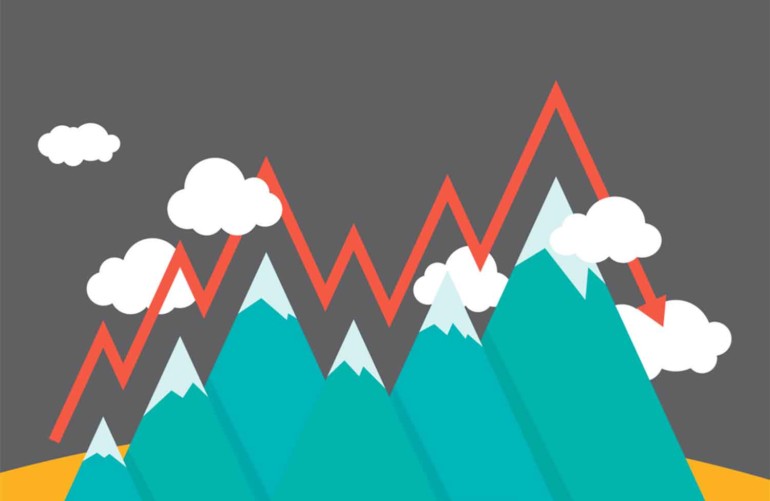Ask Andi: How do we create a disaster plan for the business? I know it’s like closing the barn door after the horses got loose, but this isn’t going to be our last disaster. What can I do to prepare my business for the next disruption?
Thoughts of the Day: Build a disaster plan involving everyone in the business. Make a list of things that have to be taken care of. Use recent experiences as training events. Each year there have been 60-90 nationally declared disasters, 300-400 declared disasters worldwide. And that’s without counting life’s disruptions to individual businesses.
Create a disaster plan for your business
Whether man-made or caused by natural forces, disruptions to our businesses will keep on coming. Some are unique to individual businesses such as illness or death. Other times we find ourselves digging out from under storm damage. And then there are the disasters by people we work with – intentional and unintentional.
Different parts of the business have different needs and challenges. Salespeople caught up in drama can’t get to sales meetings, close business, or lose focus. Marketing loses momentum-shifting gears and loses impact as prospects focus on immediate needs.
Finance has to deal with cash flow issues. Ongoing expenses drain funds while client payments dry up and new sales slow to a trickle. Operations need adequate workspace, equipment, electricity, and computer connectivity to function. Repairing damage comes before ramping up production. Any slow down in operations further hurts finances. Tie future invoices to work delivered.
Replace or do without employees who can’t get to work. Critical functions, handled by one person, become a liability as new people step in to figure out what to do without anyone to train them. Employees who are hard hit need support to help them cope personally.
View disaster preparedness as a process, not an event. As the company goes through a disruption pull out the plan and use it. Do a post mortem on what worked and what needs to be added for next time.
Identify, train, review
Take a look at disasters and recovery plans impacting businesses in your area and your industry. Ask an industry association to form a task force to work on a comprehensive disaster preparedness plan. Start with this list.
- Build up reserves to between 3 and 6 months of operating cash
- Write out an emergency financing plan; line up financing before disaster strikes; know where to go and what to present to get access to additional backup funds in case of a major business disruption
- Build a sales force capable of selling beyond your local geography. Rarely do disasters impact the whole country at once. Refine assignments from outside sales to help implement the plan
- Plan how to shift marketing message to disaster solutions locally; be ready to target areas of the country not under duress
- Practice emergency marketing activities. Speak to the press, customers, and prospects about the company’s status
- Put someone in charge of communicating who can gather and disseminate information accurately and appropriately; have a Twitter account and build connections before disaster strikes
- Gather employees’ emergency numbers; assign someone to make contact; decide how you plan to help people with basic needs of food, shelter, water, heat, clothing, and showers
- Plan for physical interruptions: natural gas for internal power, generators for electricity and heat, emergency gas supply for automobiles, alternate workspace
- Join forces with other companies to pool resources
- Secure paperwork and ensure IT systems and records are accessible even if your building isn’t; check your IT provider’s uptime record during disasters
- Check insurance policies – business interruption, physical damage, loss of life, liability
- Cross-train every position and prepare procedure manuals, assign disaster roles and backups
- Assign someone to tap into emergency resources – start with SBA.gov, ASBDC-US.org, FEMA.gov, and local first responders
Looking for a good book?
Prepare for the Worst, Plan for the Best: Disaster Preparedness for Business, by Donna R. Childs.





